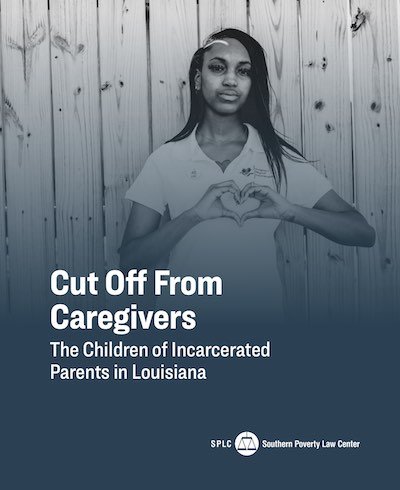By Wren Collective
Sixty years ago, the Supreme Court held that Clarence Earl Gideon, a man accused of a felony, had the right to an attorney, despite not being able to afford one. Since then, the constitutional right to counsel has continued to expand—to those facing incarceration for any criminal offense, to children facing delinquency charges, and to all critical stages of representation. As part of our research into whether, across the country, we are meeting Gideon's lofty promise, the Wren Collective examined the provision of indigent defense in Cuyahoga County. We chose to specifically focus on the representation Cuyahoga’s children were receiving for two reasons. First, the juvenile court and its assignment of counsel received media attention in early 2023, highlighting a unique characteristic about the county’s public defender. Unlike many offices across the country, the public defender was seeking more, rather than fewer, cases. Instead of an “overworked and underpaid” office, Cuyahoga appeared to have a reasonably compensated, skilled set of attorneys who wanted to provide representation to more kids. Second, throughout our initial interviews, we heard concerns about the representation children receive, especially when it comes to bindovers—transfers of juvenile cases to adult court. Cuyahoga sends more kids to adult court than any other county in Ohio, and the overwhelming majority of those kids are Black. As we looked closer at the system, we learned that the concerns people shared were justified. Cuyahoga’s juvenile court judges are under utilizing the county public defender, an office of trained and dedicated attorneys, social workers, investigators, paralegals, and clerks. Though the office can take more cases and is set up to provide the robust support that children often need, judges assign private attorneys over public defenders to the majority of the cases in the county. But those private attorneys are generally not providing similarly robust representation, and many do not appear to be qualified to take on the most serious cases in the county. That means that the majority of kids in Cuyahoga are losing out on representation that would likely serve them better. We also found that Cuyahoga’s assigned counsel system suffers both from too much interference and not enough oversight. Judges routinely pick attorneys to assign to cases, yet the court does little to ensure that those attorneys are meeting state education and experience requirements to serve as appointed counsel in those cases. The good news is Cuyahoga can fix these problems. We recommend that the Cuyahoga County Juvenile Court appoint the public defender to represent all children facing delinquency charges, and that the public defender, rather than the court, determine when assigned counsel is needed. We also recommend the county establish an independent assignment process that adheres to a rotary system for attorney assignments, and that the attorneys who are on the assignment list be trained and their qualifications verified. We recognize our recommendations will take effort, political will, and commitment from multiple stakeholders to implement, but we are confident this is a place that is up to the challenge. Cuyahoga County bursts with possibility. It has the potential to do what seems impossible in other places—make real and lasting change. We hope that this report, with its focus on key problems and specific ways to solve them, will help it do so.






















